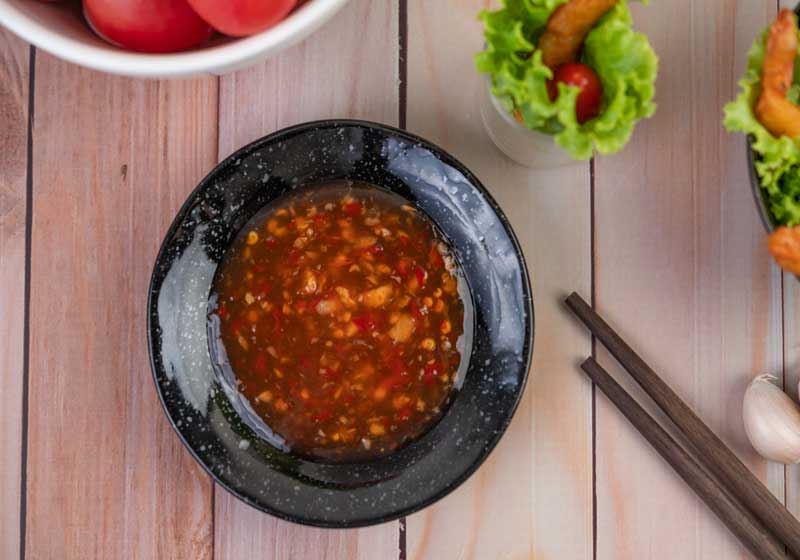Spices can literally make a world of difference in cooking – a pinch here and there can magically change an entire dish and transport your taste buds to a world far away.
Used to enhance flavours and aromas in food, as well as being appreciated for medicinal and religious purposes, spices have been around since the beginning of our culinary endeavours.
Cinnamon has long been depicted as the oldest spice known to man, recorded as an embalming agent for mummification in ancient Egypt; while cloves were used in Mesopotamia in 1700 BCE according to ancient written records.
A spice is a seed, fruit, root, bark or other plant substance primarily used for flavouring and colouring of food – here are five we think you need to try the next time you look for meal inspiration:
Saffron:
Saffron is the most expensive spice in the world, coming in at around $120 for 20g of threads – the reason for the high price is its labour-intensive harvesting method, which makes production costly.
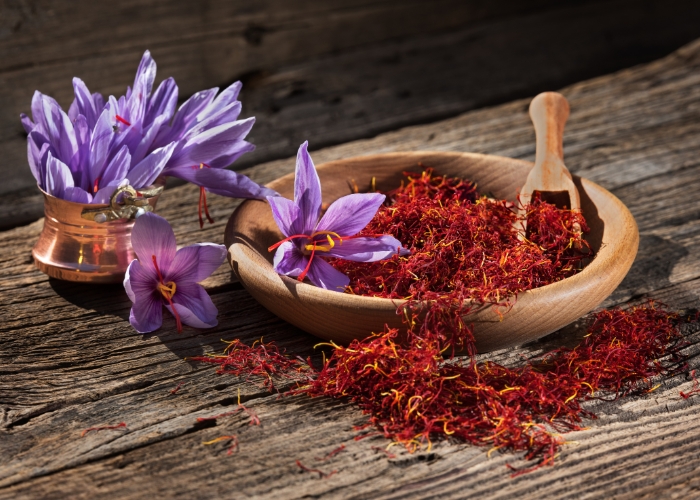
Harvested by hand from the crocus saltivus flower, the term saffron applies to the flower’s thread-like structures called stigma.
A powerful antioxidant which may improve mood and treat depressive symptoms, use this spice in dishes such as paella, risotto, korma and desserts like Indian tapioca pudding, saffron cake and poached pears.
Sumac:
Popular in the Middle East, sumac is any one of about 35 species of flowering plants relating to the cashew family. Sumac grows in subtropical and temperate regions around the world, including East Asia, Africa and North America.
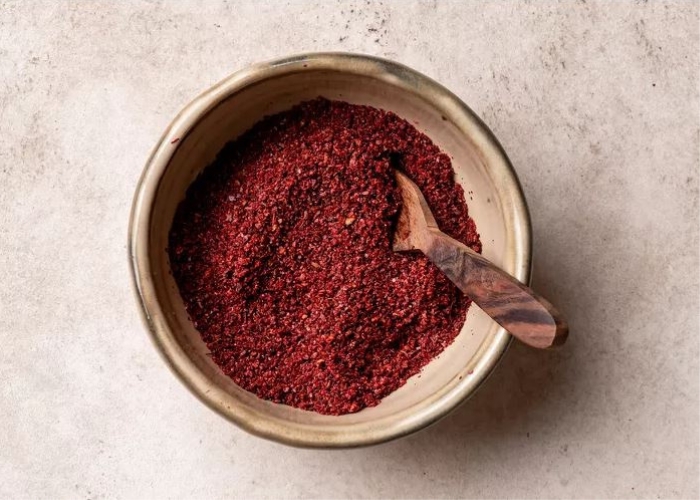
Used as a spice, dye and in medicine, berries are harvested just before they ripen, then left in the sun to dry – in Australia, sumac is usually sold as a coarse or fine powder, adding a tangy lemony flavour to meat and salads.
Sumac goes well with chicken, fish, seafood, lamb, eggplant, chickpeas and lentils – for a delicious marinade, mix it with yoghurt, chilli, coriander, cumin, paprika and parsley.
Galangal:
Galangal root is a spice native to Southern Asia, closely related to ginger and turmeric; it has been used in Ayurvedic and traditional Chinese medicine for centuries.
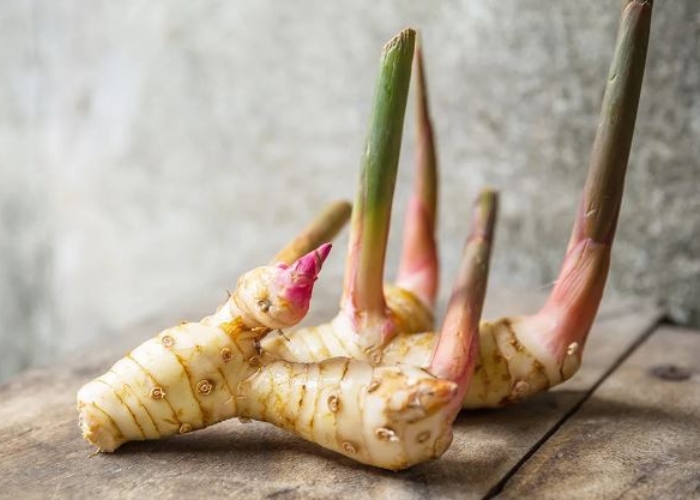
It can be eaten fresh or cooked and is a popular addition to many Chinese, Indonesian, Malaysian and Thai dishes. It is also believed to help treat infections, reduce inflammation, boost male fertility and fight different types of cancer.
Use this spice for Asian dishes like tom yum soup, yellow beef curry with potatoes, massaman curry paste and lamb rendang.
Garam Masala:
This spice is a toasted blend of cumin, coriander, cardamom, pepper, cinnamon, cloves and nutmeg used in Indian vegetable and meat dishes – usually added near the end of cooking to add aroma, warmth, sweetness and floral notes.
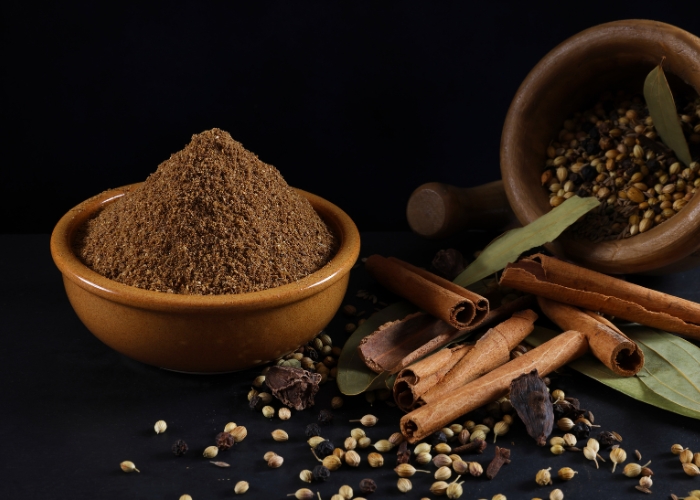
Usually, the powdered form is vegan and gluten-free, making it an ideal flavouring for those with dietary requirements. Try it in slow-cooker butter chicken, creamy cauliflower soup, vegetable curries and tikka masala recipes to add a new dimension to your meal.
Cardamom:
Cardamom is an Indian spice known for its intense flavour and used in traditional medicine, such as to help with indigestion. A great spice for both sweet and savoury dishes, it is made from the seed pods of various plants in the ginger family – there are two main varieties, black and green cardamom.
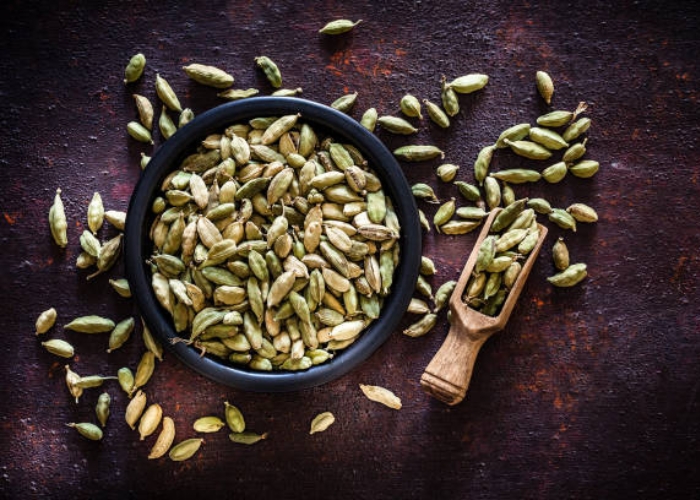
Whole cardamom pods can be used in preparing basmati rice and various curries, while in Middle Eastern recipes, it is often used in desserts like cardamom ice cream; you can even add it to mulled wine and eggnog to take your drink to the next level.





